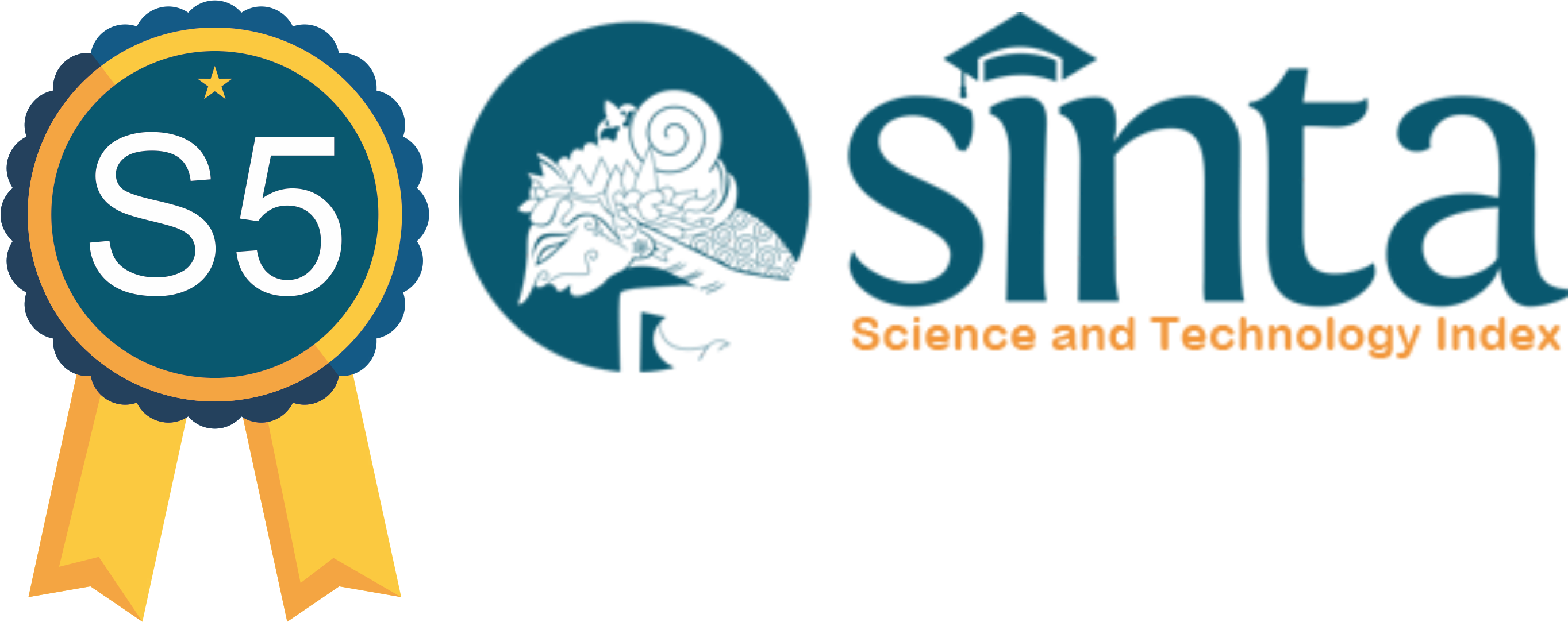Seniority and Bullying Behavior in the Elderly in Nursing Homes
Abstract
Bullying and seniority are phenomena that can be found across various social groups and age ranges. These behaviors occur not only among children or adolescents but also in daily interactions, including among the elderly. In nursing homes, for example, bullying persists despite the physical limitations that aging brings. This study aims to explore the impact and the underlying factors that contribute to seniority and bullying behaviors among older people. A qualitative approach was used, employing the photo-elicitation technique, with two participants who met the selection criteria. The results of the study indicate that seniority and bullying behaviors among older people are influenced by early character development, particularly by authoritarian parenting styles, as well as the social conditions that create bullying victims. The consequences of these behaviors include social sanctions, such as being ostracized from interaction with other residents.
Downloads
References
Crain, W. (2007). Theories of Development, Concepts and Applicantions Third Edition (Y. Santoso (ed.); 3rd ed.). PUSTAKA BELAJAR.
Diah Lestari, M. (2017). PERSAHABATAN: MAKNA DAN KONTRIBUSINYA BAGI KEBAHAGIAAN DAN KESEHATAN LANSIA. Jurnal Psikologi Ulayat, 4(1), 59–82.
Feriawati, P., & Kusuma, A. P. (2019). PERILAKU BULLYING DI PONDOK PESANTREN STUDI FENOMENOLOGI BULLYING DI ASRAMA AL RISALAH PONDOK PESANTREN MAMBAUL MA’ARIF DENANYAR JOMBANG. In Universitas Islam Negeri Sunan Ampel Surabaya (Vol. 15, Issue 1). Univeristas Islam Negeri Sunan Ampel Surabaya.
Hannan, A., & Syarif, Z. (2023). Tinjauan Sosiologi Hukum Terhadap Pengaturan Sanksi Sosial Bagi Pelaku Korupsi Di Indonesia Kontemporer. Jurnal Pemikiran Hukum Dan Hukum Islam, 14(2), 177–201. https://journal.iainkudus.ac.id/index.php/Yudisia/index
Helena Lohy, M., & Pribadi, F. (2021). Kekerasan Dalam Senioritas…. Jurnal Ilmiah Dinamika Sosial, 5. https://doi.org/https://doi.org/10.38043/jids.v5i1.2938
Irawati. (2020). Hubungan pola asuh orang tua dengan perilaku bullying di SMPN 1 Pangkalan Kuras Sorek. Repository Universitas Islam Riau, 5, 2530–2536. https://repository.uir.ac.id/8269/1/138110002.pdf
Irmayanti, N. (2016). Pola asuh otoriter, self esteem dan perilaku bullying. Jurnal Penelitian Psikologi, 07(01), 20–35. https://garuda.ristekbrin.go.id/documents/detail/1795774
Kiling, I. Y., Panis, M., Takalapeta, T., Pello, S. C., & Bunga, B. N. (2022). A photovoice study on Indonesian youth’s experience in the ‘new normal’ era. Vulnerable Children and Youth Studies, 17(1), 61–71. https://doi.org/10.1080/17450128.2021.1904527
Nurmala Hayati, & Fadhilla Yusri. (2023). Upaya Edukasi Pencegahan Bullying Pada Siswa Smpn 1 Enam Lingkung Di Kabupaten Padang Pariaman. Jurnal Kajian Penelitian Pendidikan Dan Kebudayaan, 1(1), 26–42. https://doi.org/10.59031/jkppk.v1i1.58
Relegia, P., Widiharto, A., & Ganefiani. (2023). Penerapan pola asuh orang tua otoriter dengan kecendurungan perilaku bullying. Jurnal Bimbingan Dan Konseling, 535–545.
Retnowuni, A., & Yani, A. L. (2022). Ekplorasi Pelaku Bullying di Pesantren. Borobudur Nursing Review, 2(2), 118–126. https://doi.org/10.31603/bnur.7356
Sandri, R. (2015). Perilaku Bullying pada Remaja Panti Asuhan Ditinjau dari Kelekatan dengan Teman Sebaya dan Harga Diri. Jurnal Psikologi Tabularasa, 10(1), 43–57. www.uniqpost.com
Vanderbilt, D., & Augustyn, M. (2010). The effects of bullying. Paediatrics and Child Health, 20(7), 315–320. https://doi.org/10.1016/j.paed.2010.03.008
Wianti, S., & Muchlisin, U. O. (2020). Studi Fenomenologi: Pengalaman Adaptasi Diri Pada Lansia Di Masa Pensiun. Healthcare Nursing Journal, 2(2), 36–41. https://doi.org/10.35568/healthcare.v2i2.863
Copyright (c) 2025 Mickhel Fernando Radiena Kosapilawan, Apris A. Adu, Yeni Damayanti

This work is licensed under a Creative Commons Attribution-ShareAlike 4.0 International License.
Journal of Health and Behavioral Science (JHBS) is licensed under a Creative Commons Attribution-ShareAlike 4.0 International License. You are free to copy, transform, or redistribute articles for any lawful purpose in any medium, provided you give appropriate credit to the original author(s) and JHBS, link to the license, indicate if changes were made, and redistribute any derivative work under the same license. Copyright on articles is held by the authors. By submitting to JHBS, authors grant any third party the right to use their article to the extent provided by the Creative Commons Attribution-ShareAlike 4.0 International License.

 Mickhel Fernando Radiena Kosapilawan(1*)
Mickhel Fernando Radiena Kosapilawan(1*)








